Natural calamities have impacted India in several ways and one such event that shook the country to its core was the earthquake that occurred in Bhuj in 2001. Affecting 13,000+ people, the earthquake not only devastated the residents of Bhuj but the entire country. Smritivan Earthquake Museum is a modern museum and learning centre that provides people with a glimpse into the impacts of the earthquake, the resilience of the people and how things have evolved over the years. The next time you are visiting Gujarat on a vacation, planning a trip down to the Smritivan Earthquake Museum, is an absolute must.
Quick Details About Smritivan Earthquake Museum
Address: Bhujio Hill, Bhuj, Gujarat, India
Smritivan Earthquake Museum Timings: 10 AM – 6 PM (Tuesday to Friday); 10 AM – 8 PM (Saturday and Sunday); Monday closed
Established: 2022
Type: Earthquake museum
About
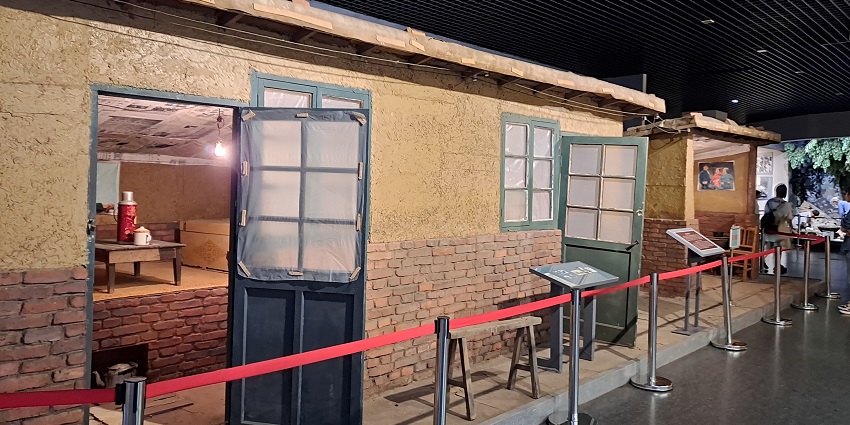
Photo: E2568 / Wikimedia Commons / Image For Representation Only
The charm and significance of the Smritivan Earthquake Museum is a reflection of the strength, courage and resilience of the people of Gujarat, who experienced one of the most traumatic earthquakes in the history of India. The term “Smritivan” translates to “Forest of Memories,” and offers a glimpse into the devastation that was caused after the 2001 Earthquake in Bhuj, followed by the rehabilitation efforts that have been put into place to restore the area and the people’s lives that were affected.
Suggested Read: Exploring The Rich History Of Maharaja Fateh Singh Museum
How To Reach
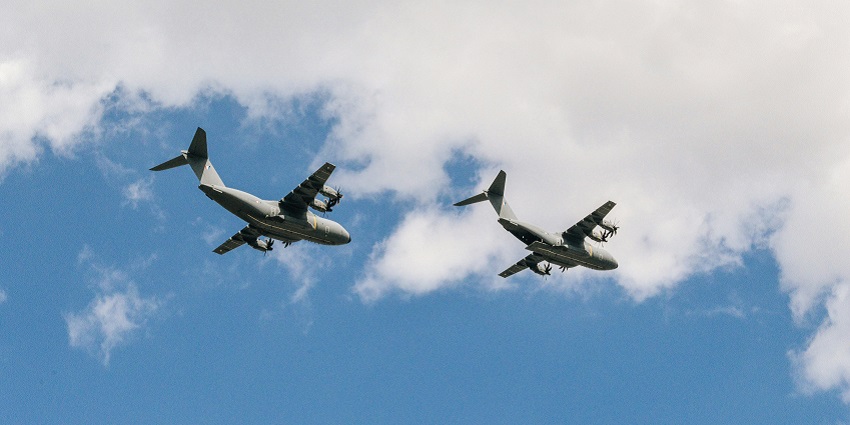
Photo: Alicia Steels / Unsplash / Image For Representation Only
The museum is well-connected to the rest of the state of Gujarat, so accessibility won’t be an issue, whether you are travelling via flights, trains or road.
By Air: Bhuj Airport is the nearest connecting point from where you can hire a taxi or local transportation to the museum.
By Rail: You have to reach Bhuj Railway Station, which is the nearest railhead from where local transport like autos and taxis are available to the museum.
By Road: Bhuj is accessible by road from Ahmedabad, Rajkot, and other cities in Gujarat. National Highway 8B connects Bhuj to Ahmedabad as well.
Things To Do In Smritivan Earthquake Museum
Once you are inside the museum, there are numerous exhibits to explore and interactive multimedia displays.
1. Explore The Earthquake Simulator
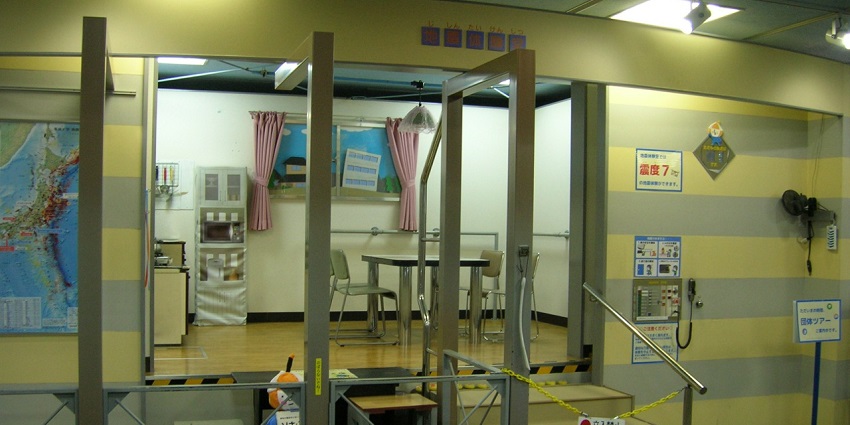
Photo: KAMUI / Wikimedia Commons / Image For Representation Only
Hands down the most popular attraction in the museum is the earthquake simulator, which allows you to feel the wrath and devastation of the experience that people felt back in January 2001. With the use of high-resolution 3D projections and sound, the designers and engineers of this simulator have captured the essence of the earthquake. The session continues for 20 minutes and is quite an emotional experience.
Suggested Read: A Visitor’s Guide To Dinosaur Fossil Park And Museum
2. Visit The Memorial Wall
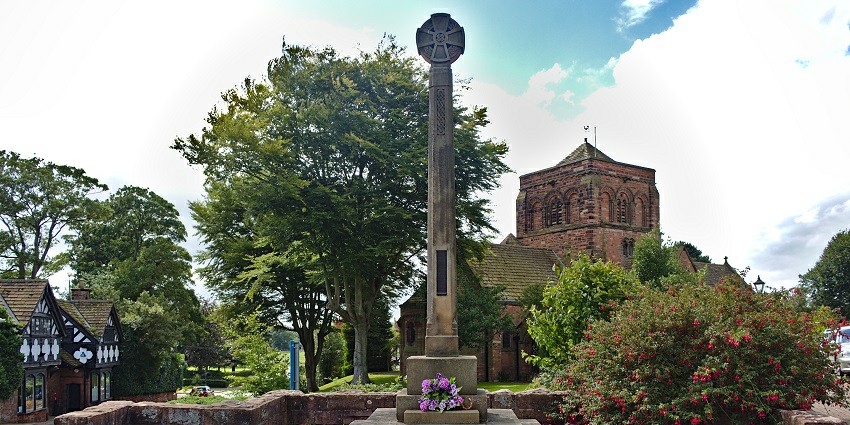
Photo: Rodhullandemu / Wikimedia Commons / Image For Representation Only
Another important part that is adjacent to the museum is the memorial wall, which spans across an area of 170 acres. It is a solemn space that is dedicated to all the lives lost and impacted due to the 2001 Gujarat Earthquake. The wall is engraved with the names of the victims, offering a place for reflection and remembrance. It is a great way to commemorate the lives that were lost due to the disaster.
3. Interactive Exhibits And Multimedia Presentations
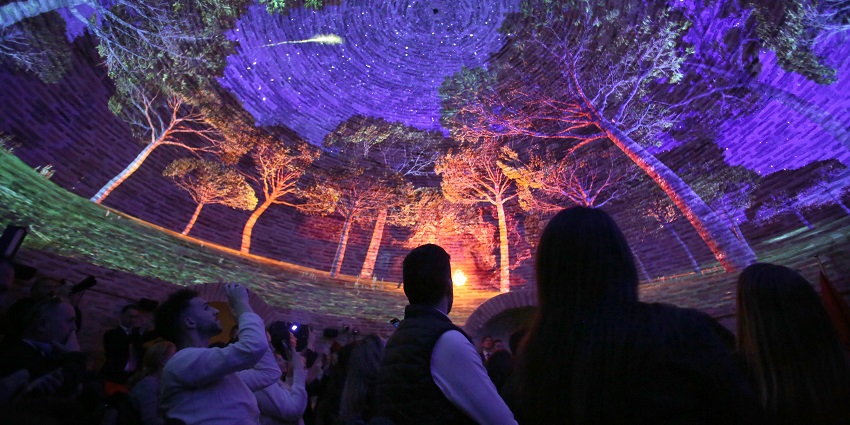
Photo: NaileZ / Wikimedia Commons / Image For Representation Only
Inside the museum, there are seven distinct blocks Rebirth, Rediscover, Restore, Rebuild, Rethink, Relive and Renew. Each single one of these blocks gives you a glimpse into the disaster and the efforts that have followed to restore the lives of the people affected and around as well. There are interactive models and films available, which makes the learning process a lot more fun and interactive. The rebuild section incites hope within people because you get to witness long-term disaster mitigation after the earthquake.
Suggested Read: Experience The Timeless Heritage Of The Calico Museum
4. Panoramic Views From Bhujio Hill
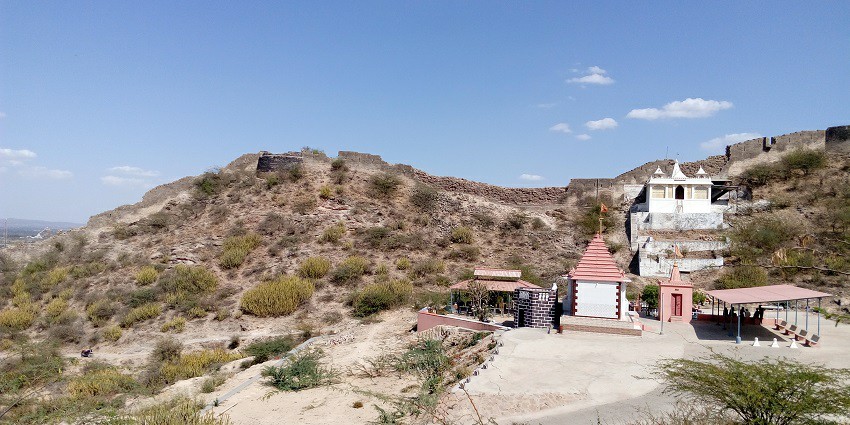
Photo: Nizil Shah / Wikimedia Commons / Image For Representation Only
Since the Smritivan Earthquake Museum is located on top of Bhujio Hill, you can take the time to explore panoramic views of the surrounding landscape once you finish exploring the museum. The hill offers stunning vistas of Bhuj city and the surrounding landscapes. It’s a perfect spot for taking Smritivan Earthquake Museum photos from the outside or unwinding as well.
Places To Visit Around Smritivan Earthquake Museum
Once you are done touring the Smritivan Earthquake Museum, there are numerous sightseeing spots worth exploring.
1. Bhuj Palace (Prag Mahal)
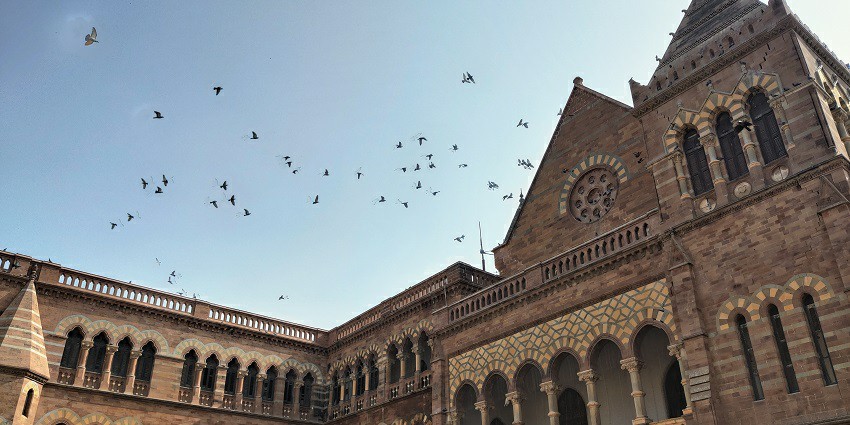
Photo: Zeel Satyendra Modi / Wikimedia Commons
A popular 19th-century monument in Bhuj, Gujarat, Prag Mahal is a must-visit when you are in the area. It was designed by a British architect and features a blend of Indian and Gothic styles, which is a treat to the eyes. It was commissioned by Rao Pragmalji II and is currently a museum that features royal antique furniture, artefacts and even a few exhibits of taxidermy, which is fascinating.
Distance From Smiritivan Earthquake Museum: 5.9 Km
Timings: 9 AM – 6 PM
Suggested Read: Top Museums In Surat For A Cultural Journey In Gujarat
2. Kutch Museum
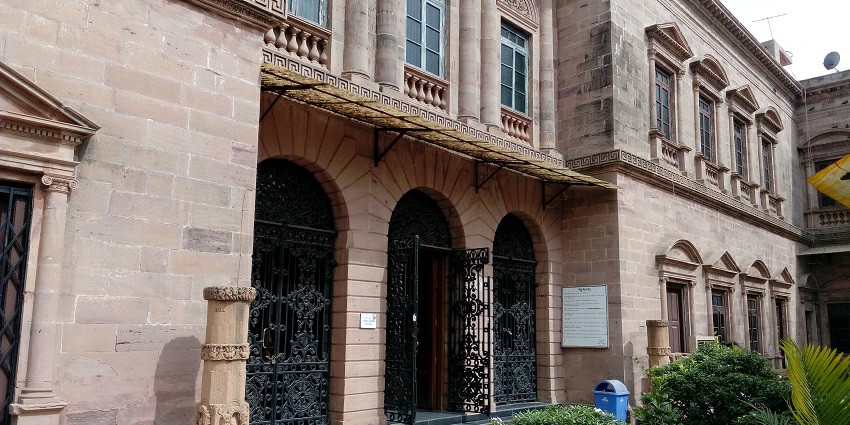
Photo: Nizil Shah / Wikimedia Commons
Bhuj and the area around it is home to numerous museums and hence the Kutch Museum is another tourist attraction that you must visit. The museum was established in 1877 and offers a glimpse into the region’s rich cultural heritage, with exhibits ranging from ancient inscriptions, coins, and textiles to tribal artefacts. One of the main attractions in the museum is the collection of Kshatrapa inscriptions and Kutchi script.
Distance From Smiritivan Earthquake Museum: 4.4 Km
Timings: 10 AM – 5 PM (Wednesday closed)
3. Aina Mahal
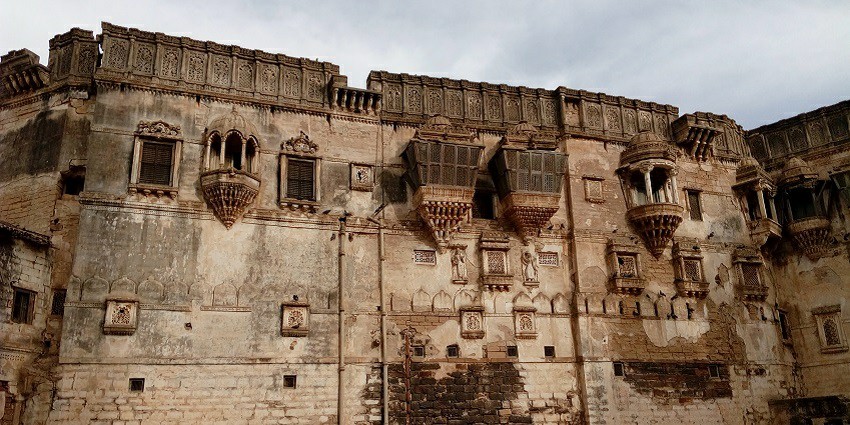
Photo: Nizil Shah / Wikimedia Commons
Aina Mahal, also known as the Palace of Mirrors, is a beautiful 18th-century palace that showcases the rich artistry of the Kutch region. If you are fascinated by old buildings and architecture, this is an iconic landmark you must visit. Inside the palace, there are several exhibits showcasing mirror work, ornate fountains, and even European-style furniture. There are antique art and royal paintings, which are a must to explore.
Distance From Smiritivan Earthquake Museum: 6.3 Km
Timings: 9 AM – 12 PM and 3 PM – 6 PM (Thursday closed)
Suggested Read: Top Museums In Ahmedabad To Unlock The Cultural Past
Where To Stay

Photo: Engin Akyurt / Pexels / Image For Representation Only
There are numerous budget-friendly and luxury hotels and resorts near Bhuj, where you can book your accommodation to explore the Earthquake Museum and other sightseeing spots around. A few of the popular stays include Holiday Resort & Spa (A Unit of S. Poddar Group), N Villa, Dream Resort, Rann Chandni Resort and Rann Bhumi Homestay Resort.
Where To Eat
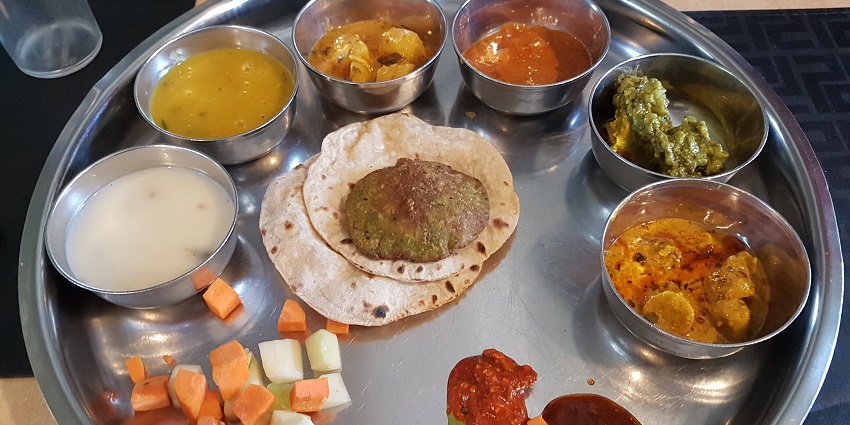
Photo: Amol Sinha / Wikimedia Commons / Image For Representation Only
There is a cafeteria called Kutch Kitchen inside the museum, offering a wide range of food and refreshments for you to enjoy after you are done exploring the museum. Beyond that, you can also step out and explore a few restaurants in Bhuj like Noorani Restaurant, Lucky Restaurant and Sankalp Restaurant.
Suggested Read: Discover The Rich History At Sardar Patel Museum
Best Time To Visit Smritivan Earthquake Museum
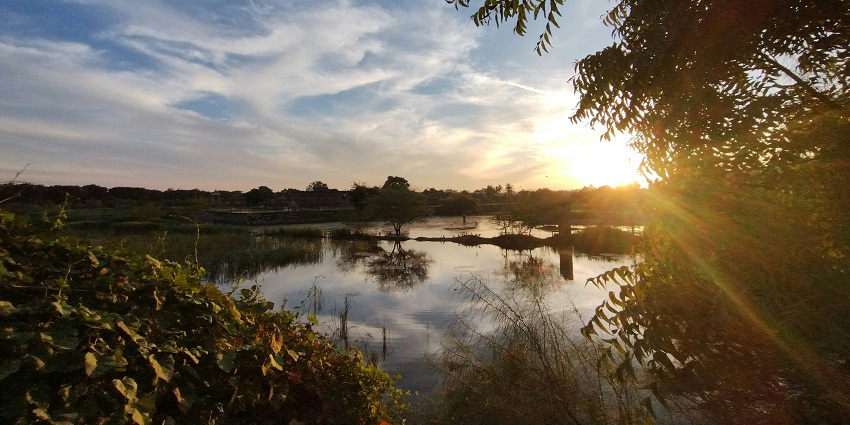
Photo: Samir Arora / Unsplash / Image For Representation Only
Since exploring the Smritivan Earthquake Museum requires a lot of walking, especially around the hills and the exhibits, winter months are usually the ideal period to explore this museum. October to March is thus the ideal time to visit the museum. The temperature during these months ranges from 12°C and 28°C, making it a comfortable time to explore the tourist attraction.
Other Factors To Consider
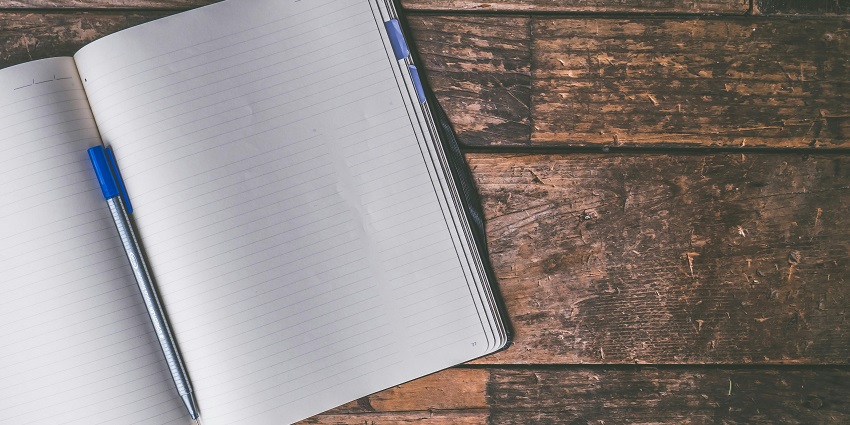
Photo: Jessica Lewis 🦋 thepaintedsquare / Pexels / Image For Representation Only
Tips For Travellers
For a seamless time exploring the museum and the area around, keeping these tips would come in handy.
- To avoid the crowds, consider visiting in the early morning.
- There are separate sections for children’s play areas, which you can explore as well if you are travelling with kids.
- The cafeteria offers hygienically prepared food, so consider having your lunch there.
- Once you finish exploring the museum, consider exploring the memorial that is located nearby.
- Hiring a taxi for the trip to and from the museum is always a superior and convenient choice.
Suggested Read: Exploring The Marvels Of Dwarka Underwater Museum
The Smritivan Earthquake Museum holds a lot of tragic memories but also instil hope in the minds of people with their rehabilitation and ongoing efforts. It reminds you to appreciate the fragility of life and also learn about the history and the culture that thrives in Kutch and the area around. For a seamless trip, plan your trip to Kutch with TripXL to explore the museum and other attractions.
Cover Photo: Nizil Shah / Wikimedia Commons


 WhatsApp
WhatsApp
 Twitter
Twitter









